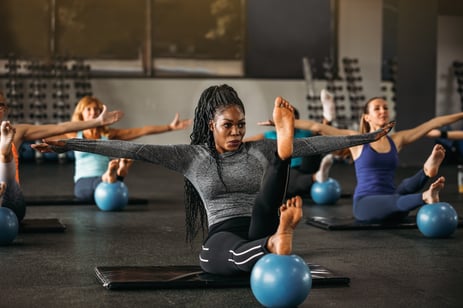 When waking up early in the morning, it can be extremely difficult to make it through a morning workout by yourself or perhaps you may not push yourself as hard through the last round of squats as you power through alone. There is a quite a bit that can be said about exercising in a group and how it births motivation.
When waking up early in the morning, it can be extremely difficult to make it through a morning workout by yourself or perhaps you may not push yourself as hard through the last round of squats as you power through alone. There is a quite a bit that can be said about exercising in a group and how it births motivation.
Group fitness classes are not a new concept, but there has been a major increase around the corporate fitness center I staff with the rising numbers of group strength training, Tabata, core, stretching and HIIT style classes. Research has shown us that the healthy actions of our peers tend to rub off on us. It has also been proven that people who are trying to lose weight tend to spend quite a bit of time with their friends who are on the same trajectory towards similar health goals. Working out tends to be more enjoyable and communal when you are a part of a pack.
Group fitness classes allow individuals to increase their commitment to a fitness routine. Working out with a group has been linked to enhanced consistency, motivation, longer duration of being able to work out, amazing conversation and feeling inspired by others. Working out with a group of peers or friends drives consistency in such a way that when there’s someone who hasn’t shown, there’s accountability and positive peer pressure to help swerve against quitting or skipping a class. One study done by the National Library of Medicine showed that 95% of individuals who started a weight-loss programs with their friends completed them vs 76% of individuals who tried to tackle the goals themselves.
Group fitness allows you the benefit and advantage of being able to diversify your workouts. There are only so many exercises that you can perform alone and sometimes you may hit a point where you are doing the same exercises, which tends to get boring. Throwing other participants into the mix with a dynamic exercise instructor allows your workouts to get creative and reduces the urge to feel lonely from working out solo all the time. Having multiple individuals to exercise with opens up the catalog to be creative when it comes to partner resisted exercises, adding in exercises that others have recently learned or trying new things together.
Last but not least, group fitness permits one to capitalize on endorphins. Group workouts brings so much more benefit to your mental health rather than trying to always tackle a workout solo. When you’re a part of a great fitness classes with a bunch of good people, this kind of community and team effort makes you feel great outside of just the temporary boost you may experience after one small workout.
Whether you are just getting started with exercising or you are looking to change things up in your fitness routine, consider group fitness classes to learn new exercises and get some extra motivation along the way!

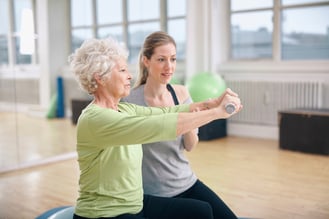 and activities for residents, I’m often surprised at what an afterthought their exercise amenities and services are. The clear appetite to provide residents with the very best options for living just doesn’t square with what’s in place for resident exercise at the community.
and activities for residents, I’m often surprised at what an afterthought their exercise amenities and services are. The clear appetite to provide residents with the very best options for living just doesn’t square with what’s in place for resident exercise at the community.
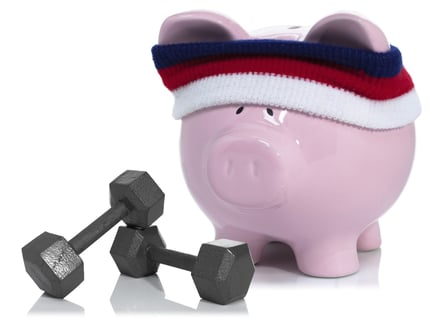 There’s a lot of misinformation out there on what is and is not good for you. The science changes all the time; unfortunately, changes in health information can
There’s a lot of misinformation out there on what is and is not good for you. The science changes all the time; unfortunately, changes in health information can 
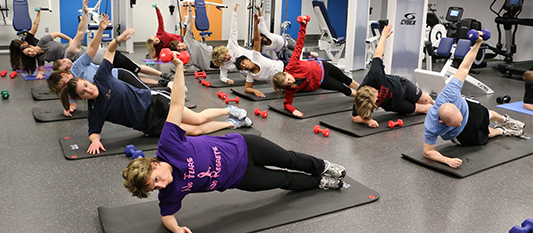
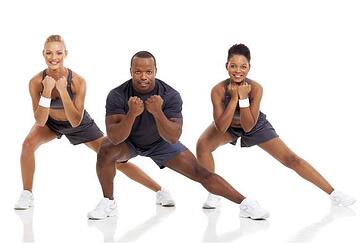 Stand on the street and ask 100 random people their feelings about going to school as a child and you will get 100 different answers. If I were asked my response would have sounded something like this, “I just want to graduate and get a job so I can be done with homework and live the easy life like adults.” I’m shaking my head as I write this, but that is how I truly felt back then. No matter whom you are certain days in school were destined to be fun, and those days were when we had a SUBSTITUTE. Well today I am going to be that sub, except I won’t be in a classroom with books, I will be on a track with kettle bells, plyo boxes, and resistance bands; I’m subbing for an outdoor boot camp class.
Stand on the street and ask 100 random people their feelings about going to school as a child and you will get 100 different answers. If I were asked my response would have sounded something like this, “I just want to graduate and get a job so I can be done with homework and live the easy life like adults.” I’m shaking my head as I write this, but that is how I truly felt back then. No matter whom you are certain days in school were destined to be fun, and those days were when we had a SUBSTITUTE. Well today I am going to be that sub, except I won’t be in a classroom with books, I will be on a track with kettle bells, plyo boxes, and resistance bands; I’m subbing for an outdoor boot camp class.
 Just as it is important to establish
Just as it is important to establish 
 Many Continuing Care Retirement Communities (CCRCs) offer a variety of group fitness classes to their residents. The community personnel who hire the group fitness instructors (GFIs) may benefit from a few pointers on hiring standards beyond someone’s personality alone. Don’t get me wrong, the right personality and ability to build relationships with residents is crucial for making a class successful. However, a narrow focus on personality alone may not provide your residents with the maximum benefits of participating in the activity and could create a dangerous environment.
Many Continuing Care Retirement Communities (CCRCs) offer a variety of group fitness classes to their residents. The community personnel who hire the group fitness instructors (GFIs) may benefit from a few pointers on hiring standards beyond someone’s personality alone. Don’t get me wrong, the right personality and ability to build relationships with residents is crucial for making a class successful. However, a narrow focus on personality alone may not provide your residents with the maximum benefits of participating in the activity and could create a dangerous environment.
 If you are new to group fitness, or new to the
If you are new to group fitness, or new to the  This past Tuesday, January 8,
This past Tuesday, January 8,  Bodycombat is for everyone at a moderate-intermediate fitness level, and the moves are simple so little coordination is required! When you attend a regular Bodycombat class, you should expect to be led by your instructor through the martial arts moves drawn from various disciplines such as karate, taekwondo, tai chi, and muy thai while moving to the beat of heart pounding music. At the end of the class, you will feel strong, empowered, and slightly invincible.
Bodycombat is for everyone at a moderate-intermediate fitness level, and the moves are simple so little coordination is required! When you attend a regular Bodycombat class, you should expect to be led by your instructor through the martial arts moves drawn from various disciplines such as karate, taekwondo, tai chi, and muy thai while moving to the beat of heart pounding music. At the end of the class, you will feel strong, empowered, and slightly invincible.  For you: Take care of yourself as well as your family by carving out time to exercise and limiting sedentary behavior, which will give you energy to keep up with your family’s busy schedule. It’s always important to lead by example.
For you: Take care of yourself as well as your family by carving out time to exercise and limiting sedentary behavior, which will give you energy to keep up with your family’s busy schedule. It’s always important to lead by example. There is truly something for everyone in the world of fitness. Case in point,
There is truly something for everyone in the world of fitness. Case in point,